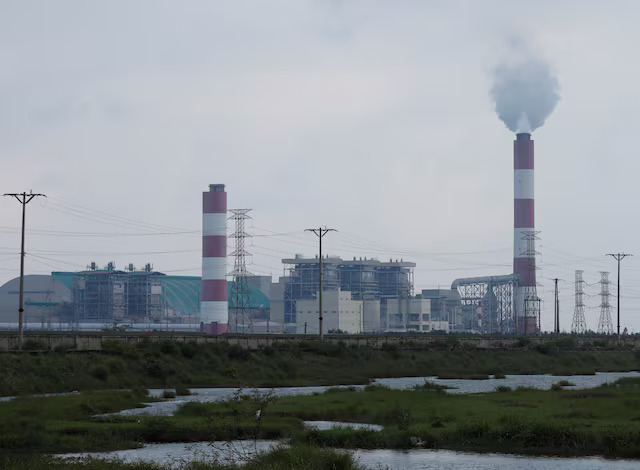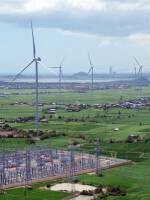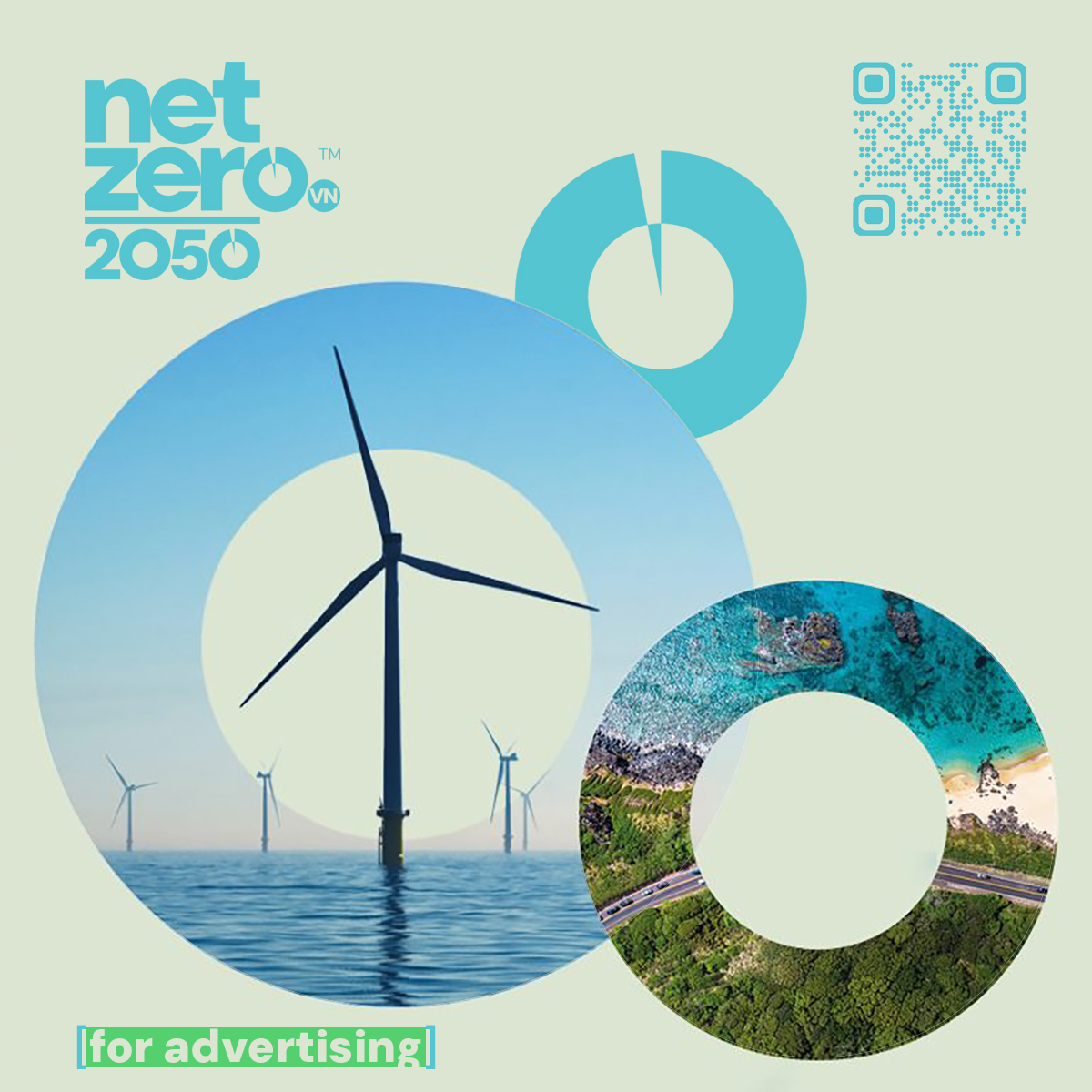
Under the scheme, Vietnam’s steel, cement and thermal power producers will be forced to buy allowances to cover their carbon dioxide intensity – the amount of CO2 generated per unit of output, according to a decree issued by the government.
The new scheme will cover around 50 percent of Vietnam’s total CO2 emissions over its first phase, which will last until 2029.
It will then be expanded to other sectors, including cargo transportation and commercial buildings.
The first batch of emission allowances for 2025-26 will be allocated to the companies by the end of this year.
Firms that exceed their allowances will have to make up the shortfall by buying credits on the market.
The scheme will also allow firms to offset as much as 30 percent of their emissions by buying credits from low-carbon projects at home or overseas.
The new ETS is unlikely to have an immediate impact on the emissions of major industries, with most of the allowances expected to be allocated free of charge in the first phase, said Mai Duong, an analyst at Veyt, a carbon market data provider.
“The priority is first to help entities adapt to the system, rules and regulations, rather than delivering immediate environmental impacts,” she said.
Carbon trading is set to become a key part of Vietnam’s efforts to meet a target to achieve “net zero” emissions by 2050.
Vietnam’s emissions have been rising in recent years, mostly as a result of a surge in coal-fired power generation, which soared nearly 18 percent last year.
Crude steel production in 2024 also jumped 15 percent on the year.
(Reuters)




